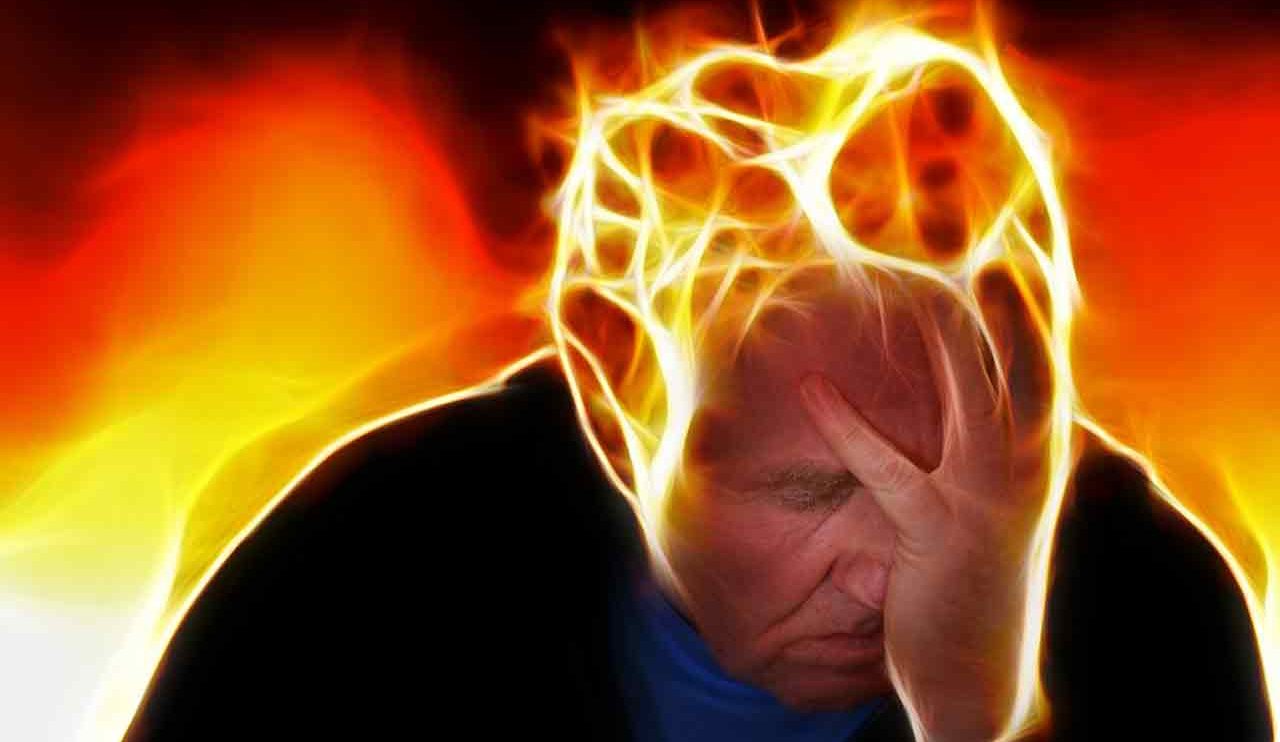Massive Headache is the pain In the head. The head, that part of the body that hangs above our shoulders, actually contains many different anatomical structures, which can cause pain in many mechanisms.

The most important part of the head is of course the brain. The brain is inside the skull box, and is wrapped in three membranes. Surprisingly, within the brain tissue itself there are no pain receptors. Besides the brain, there are important sensory organs in the head: the eyes, ears , and nose. Various diseases related to them can cause pain.
At the front of the head, behind the face, are a series of spaces filled with air, called sinuses . These cavities are located behind the cheeks (maxillary sinuses), behind the forehead (frontal sinuses), and near the pituitary gland (sphenoid sinus).
Distribution of massive headache
Headaches are the most common complaint. Many people suffer from massive headaches from time to time, for various reasons. It is customary to divide the types of headaches in general into two: primary headaches and secondary headaches. Primary headaches arise from pathologies in the head itself (usually with an unknown background), and secondary headaches, which arise from diseases or other causes.
Different causes of primary headache
The most common cause of primary massive headache is tension type. This pain appears slowly, varies in severity, and can last with varying intensity for many days. These headaches are not accompanied by other symptoms such as nausea, aversion to light, etc. The reasons for the appearance of this pain are not clear. Contrary to the name of the headache, there is no proven evidence that stress causes the pain. Treatment usually includes simple pain relievers.
A common cause of a primary headache is a migraine. It is a headache that appears at intervals and is more common among women. The headache is often accompanied by sensitivity to light, nausea and vomiting, various visual disturbances, sensory disturbances and more. The headaches can appear as a result of different triggers. Treatment includes a variety of medications, with the option of preventive treatment.
Another cause of primary headache is cluster headache. This type is rarer, appears as pain behind the eyes, and has a pressing and exploding nature. The pains appear in clusters with an attack or two every day for several weeks, with a break of months until the next period of attacks. The pain is usually unilateral. It is assumed that the cause of the pain is a disorder of the nervous system in the posterior hypothalamus area.
Causes secondary headache
A secondary massive headache is caused by causes that are not directly related to the head or brain. The most common cause of headache is a general illness. An infection caused by a virus or bacteria can lead to massive headache as part of a general unwell feeling.
This headache has non-specific characteristics, and passes with recovery from the infectious disease.Meningitis can also trigger headaches. In this disease, an infectious agent (bacterium, virus, or fungus) damages the meninges, where innervation is evident for the sensation of pain. The pain can be accompanied by neck stiffness, reluctance to light, high fever, and pain that worsens when moving the eyes. The diagnosis is made through lumbar puncture, and the treatment (if it is a bacterial cause) is an appropriate antibiotic.
Different types of bleeding can also cause headaches. Blood vessels that pass through the brain can be damaged as a result of trauma or various diseases. Hemorrhages are classified according to their location in relation to the brain tissue and meninges – whether it is external bleeding (epidural), more internal bleeding (subdural), under the arachnoid layer (subarachnoid), or within the brain tissue itself (intracranial).
The bleeding can also result from defects in the connection of arterial and venous blood vessels, abnormal expansion of blood vessels (aneurysm) and the like. Diagnosis is made using various imaging tests, such as CT.
Brain tumors are another possible cause of headaches. A significant proportion of brain tumor sufferers complain of headache as a primary symptom. The pain is usually dull and dark, of moderate intensity, can be aggravated by changing position, and is sometimes accompanied by nausea and vomiting (especially in the morning).
The treatment depends on the type of tumor, and includes surgical removal, radiation and chemotherapy.Inflammatory disease of the blood vessels in the head is another common cause of secondary headache. This disease is called temporal arteritis, and it belongs to the group of diseases of blood vessel inflammation – vasculitis.
The disease damages the blood vessels that branch off from the carotid artery (carotid, the large artery in the neck), and can cause severe headaches and sometimes even blindness. The final diagnosis is made with a biopsy from the damaged artery, and the treatment includes drugs that suppress the immune system (mainly steroids).
A secondary massive headache can also be the result of the accumulation of fluid and inflammatory substances in the sinus cavities. This disease – sinusitis (sinusitis) is common in winter, is caused by a number of typical bacteria, and presents headaches in the area of the sinuses, aggravated by tapping and sometimes by moving the head. The treatment is mainly antibiotics.












Add Comment